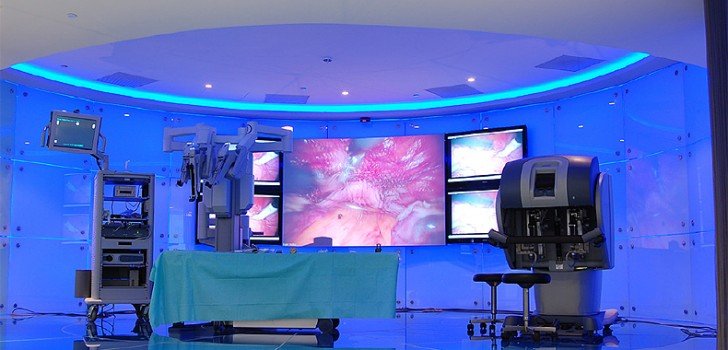Many people have suggested that using robots for surgery is a safer route than traditional use of humans. The results are now in to decide if they are right.
A study conducted by researchers from Rush University Medical Center, the University of Illinois and MIT, counted numbers from 2000 to 2013 that were reported to the US Food and Drug Administration. They found that 144 deaths, 1,391 injuries and 8,061 counts of malfunctioning devices were to be blamed for robot-assisted surgery.
If those numbers seem high, consider that between 2007 and 2013, 1.7 million robo-operations were conducted. Despite the seemingly small percentage, experts are calling for safer mechanisms.
The study concludes, “Despite widespread adoption of robotic systems for minimally invasive surgery, a non-negligible number of technical difficulties and complications are still being experienced during procedures”.
Incidents when the robot surgeon shut down mid operation or made a mistake were cause for 52 injuries and two deaths. Electrical sparks burned patients in 10.5 percent of the malfunctions, which resulted in 193 injuries.
Unfortunately, 119 injuries and one death were a result of parts of the robot falling into the patient mid surgery, requiring humans to extract the pieces in a separate surgery. 18 injuries are attributed to the malfunctioning of the video systems of human surgeon’s console.
Head and neck as well as cardiothoracic surgeries pose to be the most dangerous robot surgeries as each has 19.7 and 6.4 percent adverse results respectively. This is in comparison to 1.9 and 1.4 percent for urology and gynecology operations.
The study attempts to explain this lack of success by the complexity of the surgery and the lack of robotic expertise in the areas of cardiothoracic, and head and neck surgeries. Although the robot surgeons have made strides in other urological and gynecological areas, they still lack the necessary requirements to perform well in the cardiothoracic as well as and neck operations.
Although the rates of robot surgeries have increased, the rates of “malfunctions” have remained relatively the same, suggesting there are some consistent problems that need attention.
The study states in conclusions, “Despite widespread adoption of robotic systems for minimally invasive surgery, a non-negligible number of technical difficulties and complications are still being experienced during procedures.”
Stay Connected